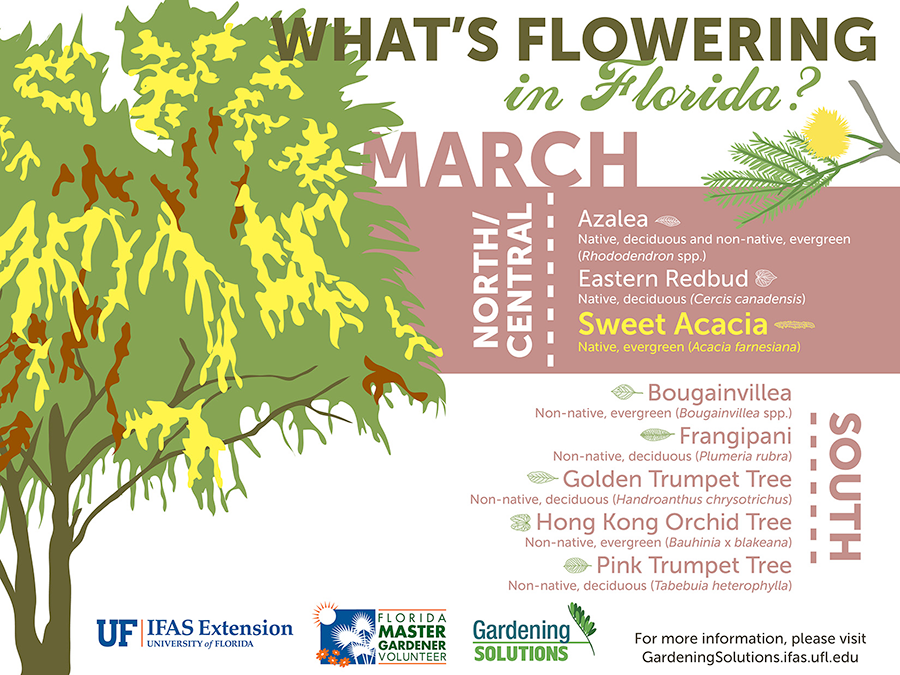Can Trees Be Maintained? Indicators For Necessary Tree Elimination
Can Trees Be Maintained? Indicators For Necessary Tree Elimination
Blog Article
Material Written By-Damm Stryhn
If you've ever wondered about the destiny of the trees on your home, understanding when it's time for removal is important. Yet just how do you establish if a tree can be saved or if removal is the only alternative? By looking for specific indicators and reviewing safety dangers, you can make educated choices that benefit both your landscape and your surroundings. Allow's explore the crucial variables that come into play when making a decision the fate of a tree and exactly how you can ensure the best result for your environment-friendly buddies.
Signs of Tree Decline
If you see any one of the adhering to signs of tree decline in your backyard, it might be time to think about tree removal.
One usual sign is dead or decaying branches, which can indicate underlying problems affecting the tree's health and wellness. Watch out for stained or shrivelled leaves that continue despite appropriate care, as this could be a sign of condition or parasites.
Another warning signal is extreme leaning or a recognizable shift in the tree's base, which may suggest root problems or architectural instability. Keep an eye out for fungal development on the trunk or origins, as this can show rot and compromise the tree's stability.
Furthermore, if you observe big cracks in the trunk or major arm or legs, it's essential to address these issues quickly to stop potential risks. Attending to these signs of tree decline promptly can help keep the security and looks of your backyard setting.
Security Worries
To guarantee the well-being of your residential or commercial property and those around you, focusing on safety problems connected to trees is extremely important. Trees can position different safety and security risks otherwise correctly preserved. Dead or worn out branches may drop unexpectedly, threatening people or destructive frameworks.
Leaning trees can also be harmful, especially if they're leaning towards a building or high-voltage line. In see this here , trees with substantial root systems near foundations or below ground energies can cause substantial damages with time.
It's important to routinely inspect your trees for any signs of possible threat. Look out for fractures in the trunk, big dental caries, or indicators of condition and degeneration. If you discover any of these issues, it's best to consult with a specialist arborist to examine the circumstance and identify the essential strategy.
Taking proactive steps to address security concerns quickly can stop crashes and building damages in the future. Remember, the security of your property and those around you need to constantly be the top concern when it pertains to tree upkeep.
Consulting an Arborist
When thinking about the health and safety of your trees, getting in touch with an arborist is an important step. Arborists are trained experts who focus on the treatment and upkeep of trees. They can analyze the total health and wellness of your trees, determine any kind of issues such as illness or architectural troubles, and provide experienced recommendations on the most effective course of action.
By getting in touch with an arborist, you can receive useful insights into the problem of your trees and identify whether elimination is needed. Arborists have the understanding and experience to assess the threats associated with keeping a tree versus removing it. They can additionally provide support on alternative services, such as trimming, cabling, or bracing, to aid protect the tree whenever feasible.
In addition, arborists can aid you browse any kind of local guidelines or permits that may be required for tree removal. Their expertise can make certain that the process is carried out safely and in conformity with any kind of appropriate regulations.
Final thought
To conclude, when establishing whether trees can be saved or if removal is essential, it is essential to consider signs of decline and security concerns. Consulting an arborist for a comprehensive assessment is necessary in making the most effective decision for the tree's wellness and potential risks. Bear in mind, aggressive care and timely activity can help protect trees and prevent accidents.
